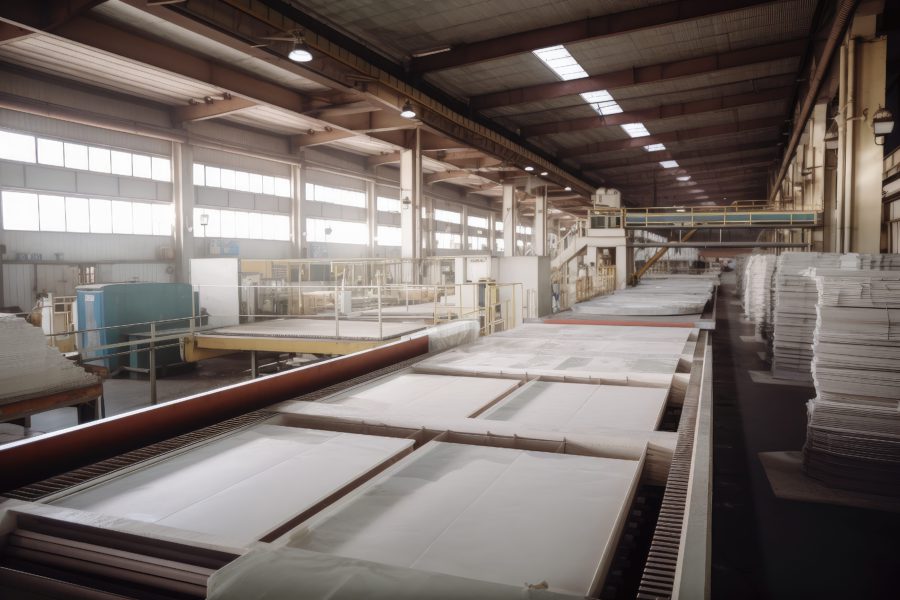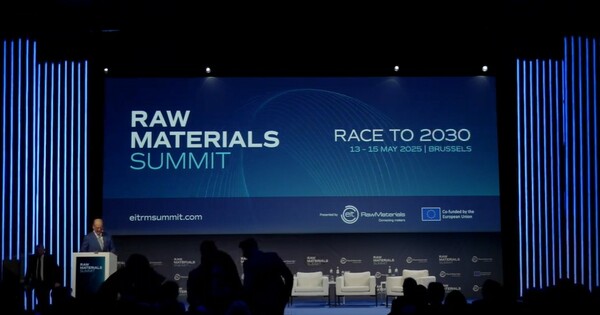As the world accelerates its transition to clean energy, the demand for critical minerals like lithium has surged. Lithium is essential for technologies such as electric vehicles and renewable energy storage, positioning it at the heart of global decarbonization efforts. However, with this opportunity comes the responsibility to ensure that mining practices are ethical, sustainable, and inclusive.
Indigenous communities, the original stewards of many mineral-rich lands, play a pivotal role in this endeavor. Globally, approximately 50% of mining projects are located on or near Indigenous territories*. These communities possess deep cultural and spiritual ties to their lands, making their involvement crucial for the sustainable development of natural resources.
At Wealth Minerals, we’ve experienced firsthand in Chile how collaborative partnerships with Indigenous groups can lead to mutual respect, shared value, and better outcomes for all stakeholders. Our joint venture with the Quechua Indigenous Community of Ollagüe exemplifies this commitment.
Global examples
Across continents, Indigenous communities are redefining their roles in mining—not just as stakeholders, but as shareholders, developers, and leaders.
In Canada, First Nations communities have established equity partnerships in numerous mining projects. For instance, the Tahltan Nation in British Columbia holds ownership stakes and exerts decision-making power in exploration and development activities. Impact benefit agreements ensure that profits are reinvested into housing, education, and infrastructure, building generational wealth and resilience.
In Australia, Native Title agreements have empowered Aboriginal communities to play leading roles in mining operations. Companies are increasingly investing in Indigenous-owned service providers and training programs, promoting economic self-determination and cultural inclusion.
In Africa, Indigenous and local communities are part of joint ventures, skills development, and conservation initiatives tied to mining. In South Africa, community trusts hold equity in mining firms, channeling proceeds to health clinics, schools, and water projects.
These examples highlight a global trend: Indigenous participation in mining is no longer symbolic—it is a strategic imperative.
Self-determination
Across the globe, Indigenous communities are not only asserting their rights but actively shaping the terms of their engagement in mining. This shift reflects a growing movement toward self-determination, where Indigenous peoples define their own development paths, establish equitable partnerships, and ensure that their cultural, social, and economic priorities are respected.
Rather than being passive recipients of mining activity, many Indigenous communities are stepping into roles as co-owners, board members, service providers, and long-term strategic partners. They are creating community-led development plans, establishing training and employment pipelines for youth, and negotiating agreements that return tangible, generational benefits. This proactive stance ensures that development aligns with Indigenous values—and that communities remain resilient long after a mine has closed.
At Wealth Minerals, we are proud to support this evolution. In Chile, our collaboration with the Quechua Indigenous Community of Ollagüe is structured to reflect a shared vision and shared responsibility. Through board participation and equity ownership, the community is not just consulted—they are helping lead. We believe this model represents the future of responsible mining.
Collaborative progress
In Chile’s lithium-rich regions, the involvement of Indigenous communities is essential for sustainable operations. The Atacama Desert, for example, is home to fragile ecosystems and ancestral territories, making cultural sensitivity and environmental stewardship inseparable from economic development, Reuters reports.
At Wealth Minerals, we’ve prioritized early and ongoing dialogue with local Indigenous communities. A testament to this commitment is our agreement with the Quechua Indigenous Community of Ollagüe to jointly develop the Kuska Lithium Project. This partnership ensures that the community holds a 5% free-carried interest in the joint venture and secures a seat on the Board of Directors, facilitating direct involvement in decision-making processes. Both parties believe this structure strikes the right balance to bring Kuska to production while upholding the highest standards of community participation and transparency.
Indigenous communities possess generations of ecological knowledge that can inform sustainable mining practices. From understanding local hydrology to tracking biodiversity shifts, their insights help reduce environmental impact and improve resilience. In a sector often criticized for extractivism, Indigenous knowledge offers a counterbalance rooted in reciprocity with nature.
For example, in Chile, Indigenous communities have long observed and adapted to seasonal water cycles. Integrating this traditional knowledge into hydrological models aids better monitoring of brine extraction and surface water levels. In return, companies can share technology and resources that improve local water access and quality.
By bridging science and tradition, we can build more holistic and adaptive environmental strategies that serve both the land and its people.
Shared future
As the energy transition accelerates, the mining industry faces a dual challenge: scaling production to meet rising demand while maintaining the highest standards of sustainability and equity. Indigenous communities must be at the center of that transition—not on the margins.
This involves including Indigenous voices in governance and environmental impact assessments, supporting Indigenous entrepreneurship within the mining supply chain, and providing meaningful opportunities for youth in areas such as education and technology. It also requires a commitment to acknowledging and addressing historical injustices with transparency and accountability.
The future of mining is not just about what we extract, but how we build lasting partnerships with those who know the land best.
Call to industry
We are at a turning point. The world needs lithium—and other critical minerals—to power a more sustainable planet. But how we mine will determine whether that transition is truly just.
Mining companies must move beyond transactional relationships with Indigenous communities. The goal should not be to obtain a permit and proceed, but to co-create value that endures beyond the life of a mine.
At Wealth Minerals, we are committed to this path. We believe that economic development, environmental stewardship, and cultural preservation can—and must—go hand in hand. When Indigenous communities are partners in progress, everyone benefits.
(By Henk van Alphen, CEO of Wealth Minerals)
*Nature Sustainability – The research from the University of Queensland analyzed 5,097 mining projects involving about 30 minerals essential for the energy transition and found that 54% of these projects are situated on or near Indigenous peoples’ lands.



